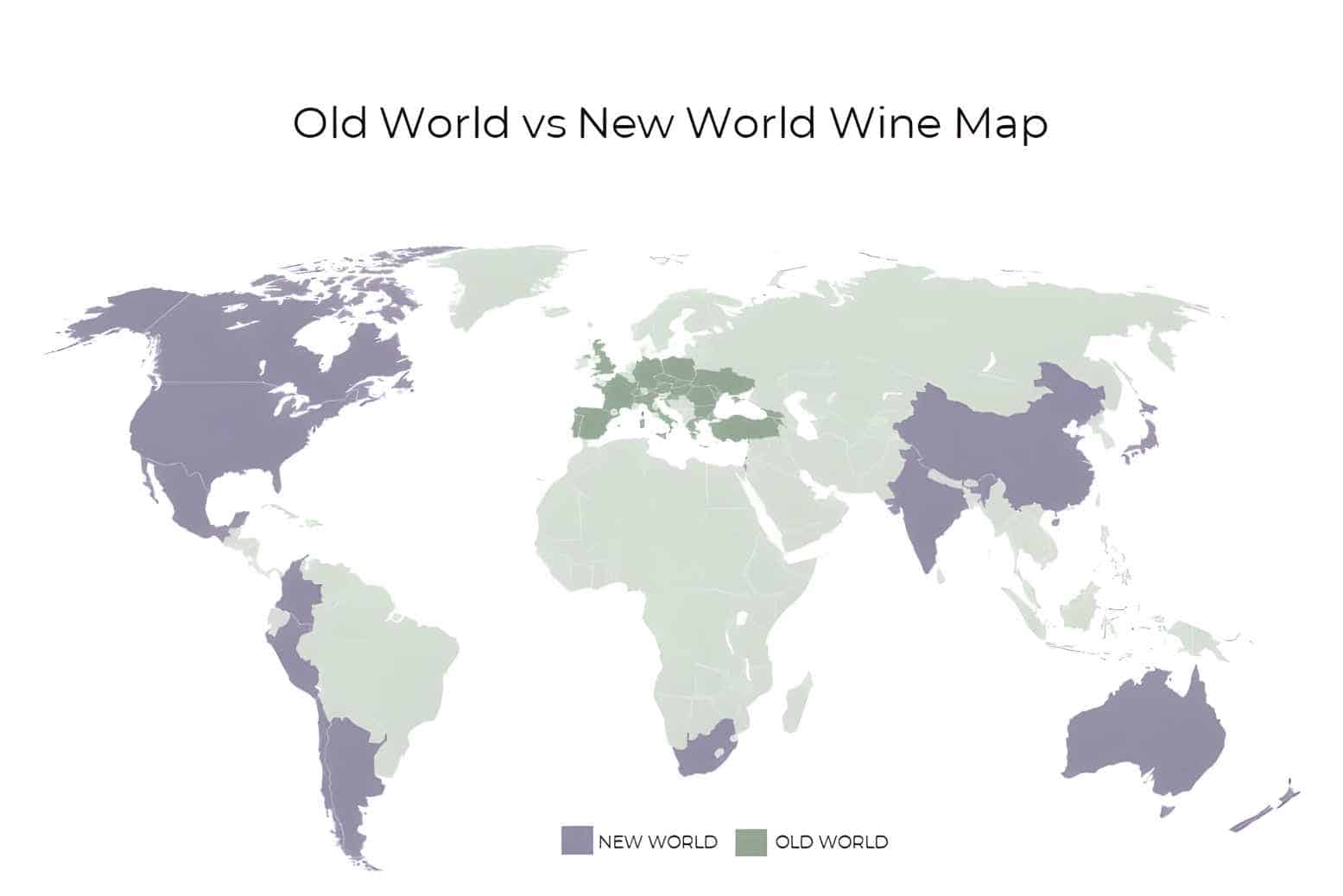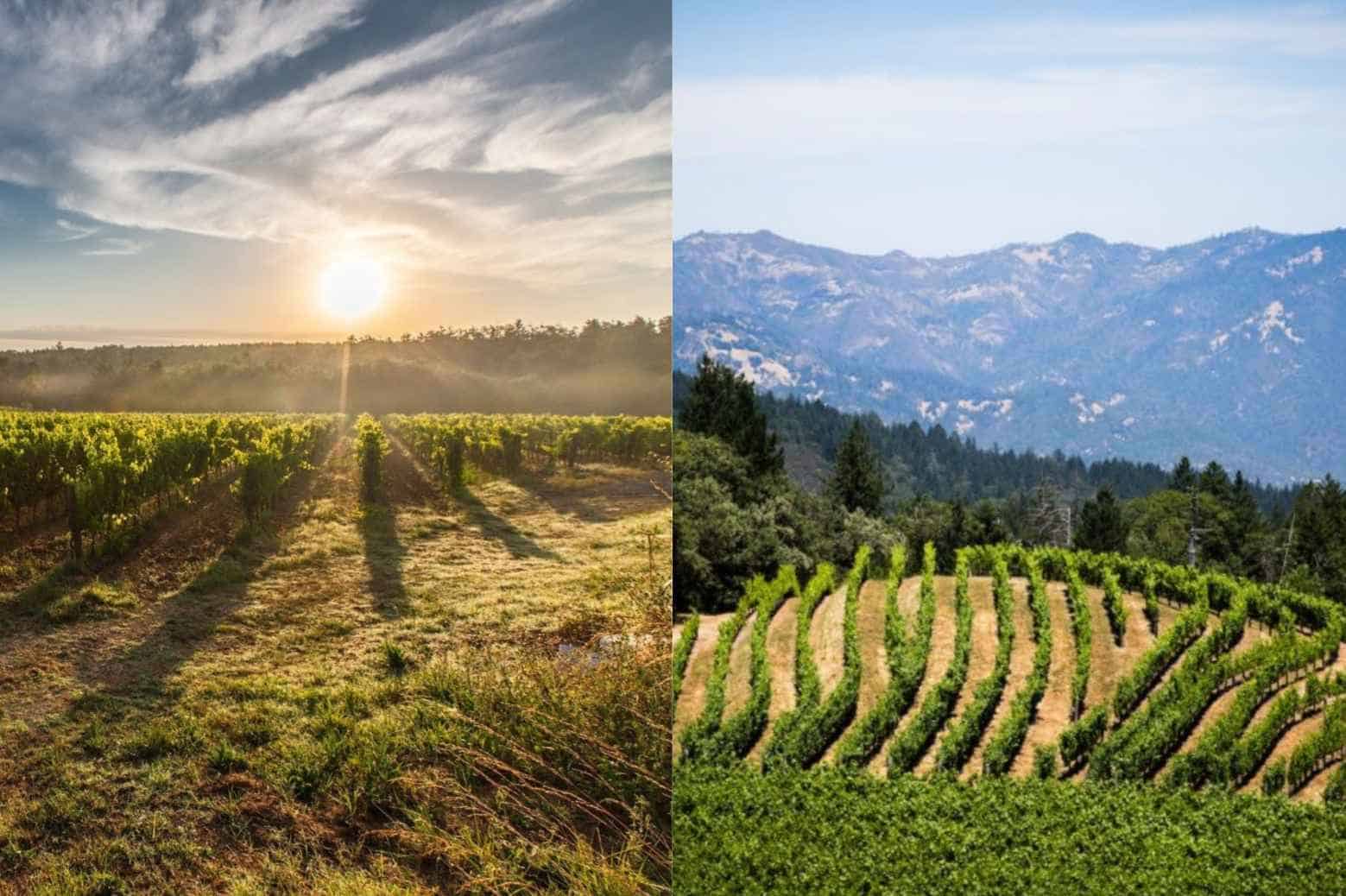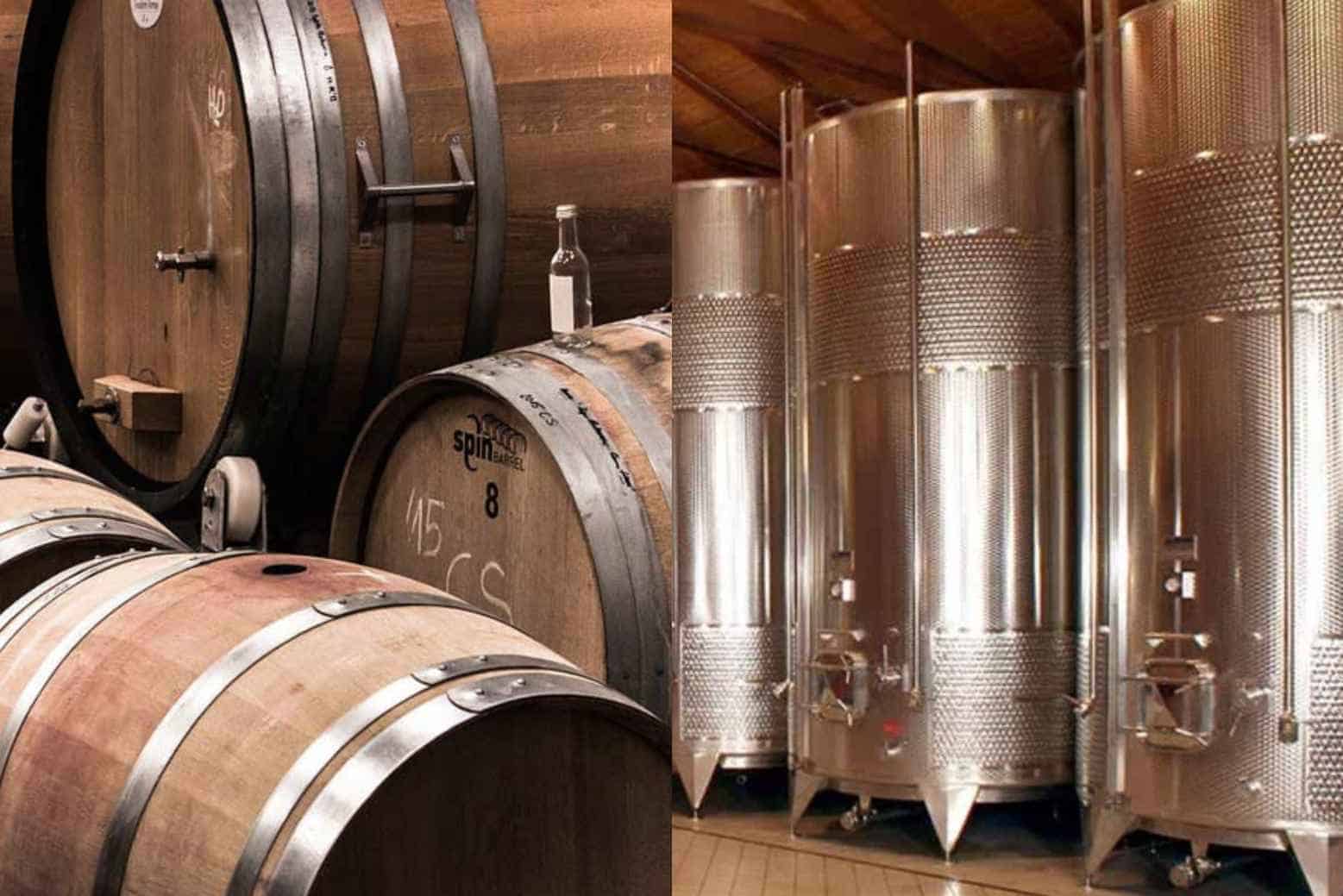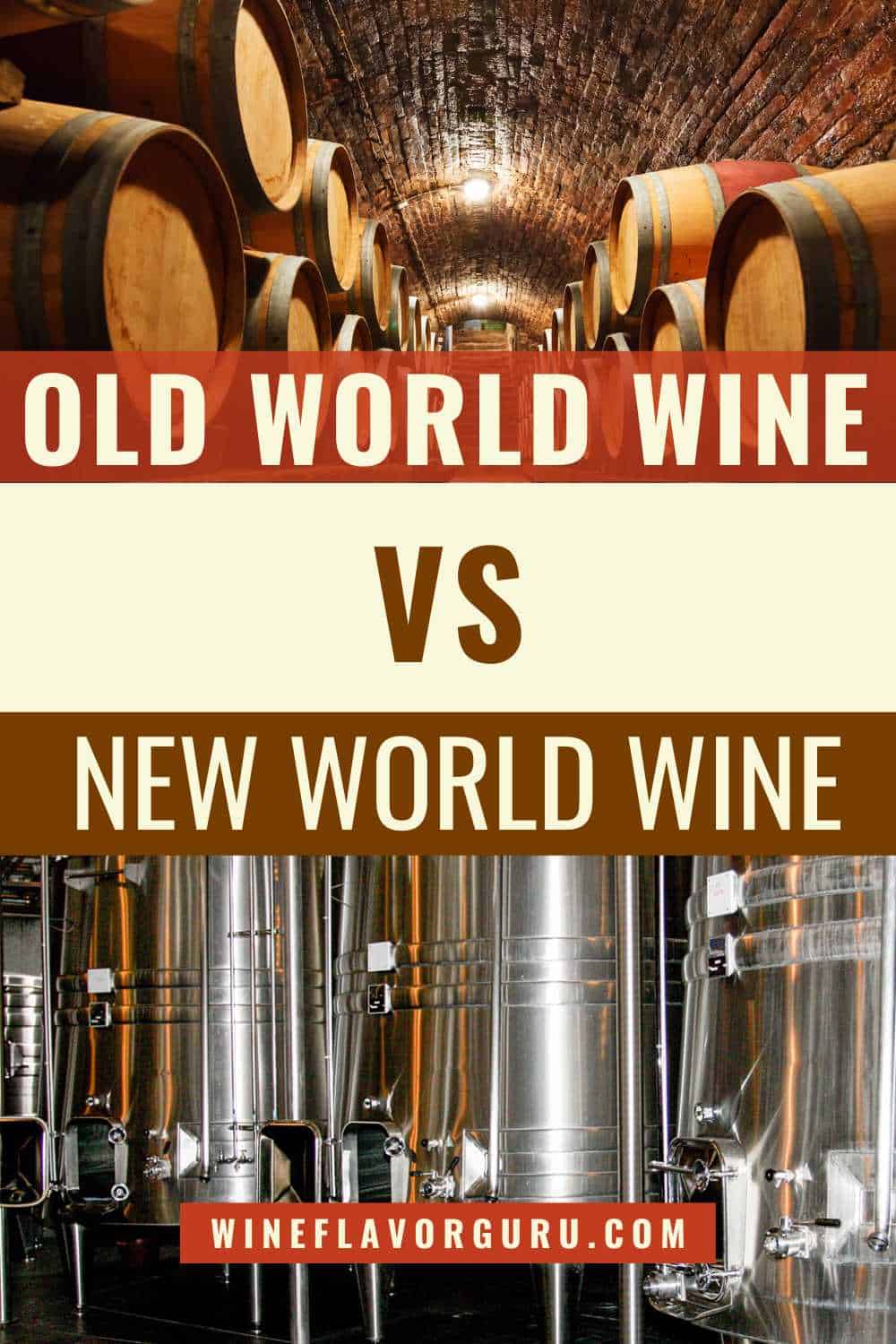Old world wine? New world wine?
These are two terms often used in the wine world. These two are almost impossible to avoid. With that, it seems new oenophiles are bound to get confused with these two terms at some point.
Today, that oenophile might be you. However, you need not worry. We will talk about new world VS old world wine in this discussion. By the end, you will have a good idea about the two terms enough to use the terms yourself in talks of vines and wines!
We have plenty to talk about, so let us get right to it now!
What Does Old World Wine and New World Wine Mean?
Before we compare and contrast old world wine and new world wine, let us give you a general idea about the two by discussing their prevalent philosophies first.
What Is Old World Wine?
First, we have old world wine.
With old world wine and old world wine winemakers, it is mostly about rules and regulations. After all, they made the rules. Who else to better uphold them than the makers themselves?
Additionally, the times have proven their methods effective. For many years, old world wine winemakers have stuck with the same ways, and they still have the wines that rank high in the charts.
Finally, as many old world wine lovers would agree, there is a charm in this upholding of traditions.
With that, old world wines can tend to be predictable in a way. Not entirely, but each bottle undoubtedly holds traces of its older counterparts. In other words, old world wines offer their patrons some comforting familiarity in every bottle.
Old world wine is what you want to get if you want a taste of the past.
What Is New World Wine?
On the other hand, we have new world wine.
It is mostly about innovation and experimentation with new world wine and new world wine winemakers. The winemakers know the rules. However, they do not always stick to it. One could say that if old world wine winemakers are the rule makers, new world wine winemakers are the rule breakers.
With that, new world wines can tend to be surprising. In other words, new world wines offer their consumers an adventure in every bottle.
New world wine is what you want to get if you want a taste of the present and the future.
Comparing Old World Wines and New World Wines
You now have a general idea about old and new world wines. Now, let us differentiate the two through the following:
- Regions
- Climate and Temperatures
- Characteristics
- Winemaking Styles
- Naming
What Are the Old World Wine and New World Wine Regions?
Generally, where the wine comes from sets old world wine from new world wine apart.
When it comes to old world wine, Europe is the first that comes to many oenophiles’ minds. However, Middle East and North Africa are also on the list.
On the other hand, as you might expect, new world wine regions are everywhere else. Some examples would be the whole of America, Australia, and South Africa.
While the place of origin is often said to be the best way to tell old and new world wines apart, it is not the easiest way to ease into the difference between the two.
That is because one would have to have knowledge about the wine history, practices, and such of the regions to make sense of the difference.
As you might expect, new oenophiles do not always possess the knowledge to such details immediately. With that, let us look at the other points that set the two wines apart.
The Climate in the Old World Wine and New World Wine Regions
As we already touched on regions, let us briefly discuss climate and temperatures.
Old world wines tend to be in regions with cooler temperatures. As you might already expect, the opposite is generally true for the places where new world wines come from.
Climate and temperatures might seem like trivial differences to some. However, the differences in climate and temperatures also bring about the difference in the grapes for the wines. Hence, also a difference in the wines, as you will see in the next portion.
Like with the place of origin, climate and temperatures are not all that easy to use to differentiate the two wines, especially with global warming and such. With that, let us talk about something a little more concrete next.
Characteristics of Old World Wine and New World Wine
As you might have guessed, there is also a difference between old and new world wines in terms of characteristics.
|
Characteristic |
Old World Wine |
New World Wine |
|
Sweetness |
Dry |
Sweet |
|
Acidity |
High |
Low |
|
Tannins |
High |
Low |
|
Alcohol |
Low |
High |
|
Body |
Light |
Full |
|
Notes |
Earthy |
Fruity |
Old world wines tend to be dry, with high levels of acidity and tannicity. However, these wines also generally have low alcohol levels and light bodies. Finally, as with most wines, these wines tend to have a complex set of notes. However, earthy flavors and aromas seem to stand out best.
On the other hand, new world wines tend to be sweet, with low levels of acidity and tannicity. However, these wines generally have high alcohol levels and full bodies. For the notes, fruity flavors and aromas stand out best in these wines.
You might want to keep in mind that these are only typical characteristics. As the saying goes, there is always an exception to the rule. It is possible for a bottle not to fit any of the two profiles.
With that, while we could use wine profiles of the two to differentiate them, it is not always the most reliable at telling the two apart.
Winemaking Styles of Old World Wine and New World Wine
Three things set old world wine from new world wine apart when it comes to winemaking styles.
- Terroir and Winemaking: Simply put, terroir is given more importance with old world wines. On the other hand, while the winemaking process is also a vital part of old world wines, new world wines give more emphasis on it.
- Tradition and Innovation: As we have said above, rules and regulations are at the core of the philosophy of old world wines. On the other hand, new world wines are mostly all about experimentation and innovation.
- Oak Barrels and Stainless Steel Tanks: It might seem trivial, but one of the most common differences between old and new world wines is the aging containers used for them. Old world wines tend to use oak barrels, while new world wines generally use stainless steel tanks.
Like the others, one can use winemaking styles to differentiate between old and new world wines. However, it does require getting to know the bottle well.
Again, it is not the easiest way to ease into differentiating the two wine types. With that, let us go to our last point, which is one of the easiest – if not the easiest – ways to tell the two apart.
Old World Wine and New World Wine Names
Finally, let us talk about how old and new world wines are named.
Old world wines tend to get the names of the regions from where they came, while new world wines get named after the grape variety they used.
On the other hand, new world wines can also sport vague or random names. That is the fun and quirky labels that do not tell much about the wine in the bottle.
As you can see, this difference is one of the easiest – if not the easiest – ways to tell old and new world wine apart.
Are You Ready to Taste the Difference?
We could discuss the difference between old and new world wines all day. However, the best way to know the difference of the two is to experience it firsthand.
You want to see, smell, taste, and even feel the two bottles. With that, we suggest getting an old and new world wine of these grapes:
- Chardonnay
- Pinot Noir
As these grapes are two of the most common varieties, you will likely have no problem finding old and new world wine bottles of them.
Once you get your hands on a bottle of both, you will probably already get a sense of the difference. You might not become a pro right away, but you will likely notice the difference immediately.
Final Words
Today, we discussed new world VS old world wine looking through five points:
- Regions
- Climate and Temperatures
- Characteristics
- Winemaking Styles
- Naming
As you might have seen, the two are undoubtedly different. However, one is not better than the other, and it all comes down to preference. Still, to truly appreciate both, you want to get a healthy taste of both!
We hope we can help you with this wine worry. If you have other wine terms you want to know, feel free to check out our other talks then! Enjoy your glass of old and new world wines and until next time! Cheers!

George Moore, co-founder of Wine Flavor Guru, is a charismatic entrepreneur with a rich background in California’s wine industry. Alongside Sylvia, he transformed a Sonoma County vineyard into a source of premium wines. George’s expertise in sourcing exceptional grapes and his approachable style make wine appreciation both accessible and engaging.







